The Art of Safari Photography in Africa
Safari photography in Africa is not about chasing shots or ticking off animals on a list. It’s about being still, paying attention, and understanding how the land moves. Out there, time feels slower. Light behaves differently. You start to notice small things such as how dust hangs in the air after a herd passes, or how a lion licks its lips just before a wide yawn.
Photographing on safari is about connection. Between you and the wild, between light and form, between patience and reward. It’s this sense of connection that later finds its way into art, whether through elephant prints that bring calm or lion prints that carry strength and energy. When you spend time in nature, you learn that the best moments often happen quietly.
Light and Landscape
Light in Africa is both a gift and a challenge. It can turn harsh in seconds, but when it’s right, there’s nothing like it. Early morning and late afternoon are when everything seems to breathe. The sun sits low, the air feels calm, and colors settle into warm tones. These hours shape the best safari photography in Africa.
Normally, avoid the middle of the day when the light is flat and hard. Wait for the golden hours instead. That’s also when most animals start to move again.
The land itself is part of the story. A single acacia tree against the open sky. A herd of elephants crossing a dusty plain. A leopard perched in a tree. Each scene gives you a sense of scale and solitude. The background matters as much as the animal. It’s what places the story in Africa.
Photographic Gear
You don’t need every piece of gear out there. A reliable camera body, a good lens, and steady hands go a long way. A telephoto lens helps you keep distance without losing intimacy, while a wider lens captures animals within their environment. A beanbag or window mount can help steady the camera from a vehicle. More important than gear is knowing it well enough that you don’t think about it. The less you worry about equipment, the more you can focus on what’s happening in front of you.
Reading Behavior
Good safari photography is about observation. You learn to read behavior and anticipate what might come next. Lions sleep through most of the day but rarely rest without reason. A twitch of the ear, a tail flick, or a long yawn can mean action is near.
Elephants communicate through subtle signs such as a lifted trunk, a soft rumble, the still posture of a mother near her calf. Watch quietly before you lift the camera. Understanding their rhythm lets you stay ready without intruding.
Other animals carry their own patterns. Zebras turn as one when alarmed, giraffes pause to stare before moving, and birds often give warning calls before predators arrive. The more you notice, the more natural your timing becomes.
Patience and observation are your strongest skills in the wild. The best photographs are made after hours of waiting or following gently. When it happens, it feels like the land has allowed you to see.
Composition and Emotion
Keep things simple. Let the frame breathe. Africa’s vastness speaks best when there’s space around your subject. A small figure in a wide landscape often feels more powerful than a tight close-up. Still, vary your shots. In general, close work shows detail; wider frames show story.
Shoot at eye level when possible. It creates honesty and connection. If that’s not possible, let light lead the emotion. Sidelight brings out texture. Backlight adds mood and separation.
Avoid clutter. A single subject against clean surroundings will always feel stronger than a busy scene. And for those just starting out, don’t chase perfection. Wildlife photography is about feeling, not flawlessness. Technical precision can come later.
Respect and Safety
The wild doesn’t belong to us. We’re visitors for a short time, and that’s worth remembering. Keep distance, stay quiet, and move slowly. Let animals decide how close they want to be.
Don’t push guides to get nearer or drive off-road for a better angle. The most honest photographs come when you let things unfold naturally.
Animals sense intent. If you’re calm, they usually stay calm too. It’s a quiet exchange. You barter patience for trust.
Editing and Presentation
Editing is where you bring the image back to what it truly felt like. The goal is not to change, but to stay true. Adjust light, contrast, and tone with care.
Bring out texture where it matters. The fur of a lion, the skin of an elephant, the dust in the air. Keep it gentle. Subtlety lasts longer than heavy processing.
Black and white images often carry emotion in a way color cannot. Without distraction, form and feeling take over. Many scenes work beautifully in monochrome. Elephants moving through early mist, a lion resting after rain, a giraffe standing against a bright sky, or a herd pausing in the last light of day. Stripped of color, the focus shifts to texture, shape, and quiet emotion.
Keep editing honest. The more real it feels, the more it connects.
Why We Photograph the Wild
Every species you photograph carries its own story. Lions and elephants are iconic, but they are part of a larger web of life. Giraffes, zebras, leopards, rhinos, and even small birds all hold a place in the rhythm of the wild.
A lion at rest under warm light can look powerful and calm at the same time. An elephant guiding her calf through open land tells of care and memory. A single bird in flight over wide plains can express freedom and space. Each speaks a language we instinctively understand.
These moments remind us of balance. Strength is mixed with gentleness, power with grace and life with patience. When you capture that balance, you don’t just take a photograph. You create something people can feel.
Safari photography in Africa isn’t just a technical pursuit. It’s a lesson in awareness. You learn to wait, to listen, and to work with what’s in front of you instead of trying to control it.
Lions, elephants, and all the other animals you meet on safari are not just subjects. They’re storytellers. Each photograph is a quiet act of gratitude.
When those images become fine art prints, they continue that story. They keep the wild alive in homes and hearts far from where it was taken.
Africa teaches that beauty doesn’t ask for attention. It waits for you to notice it. That’s where true photography begins.
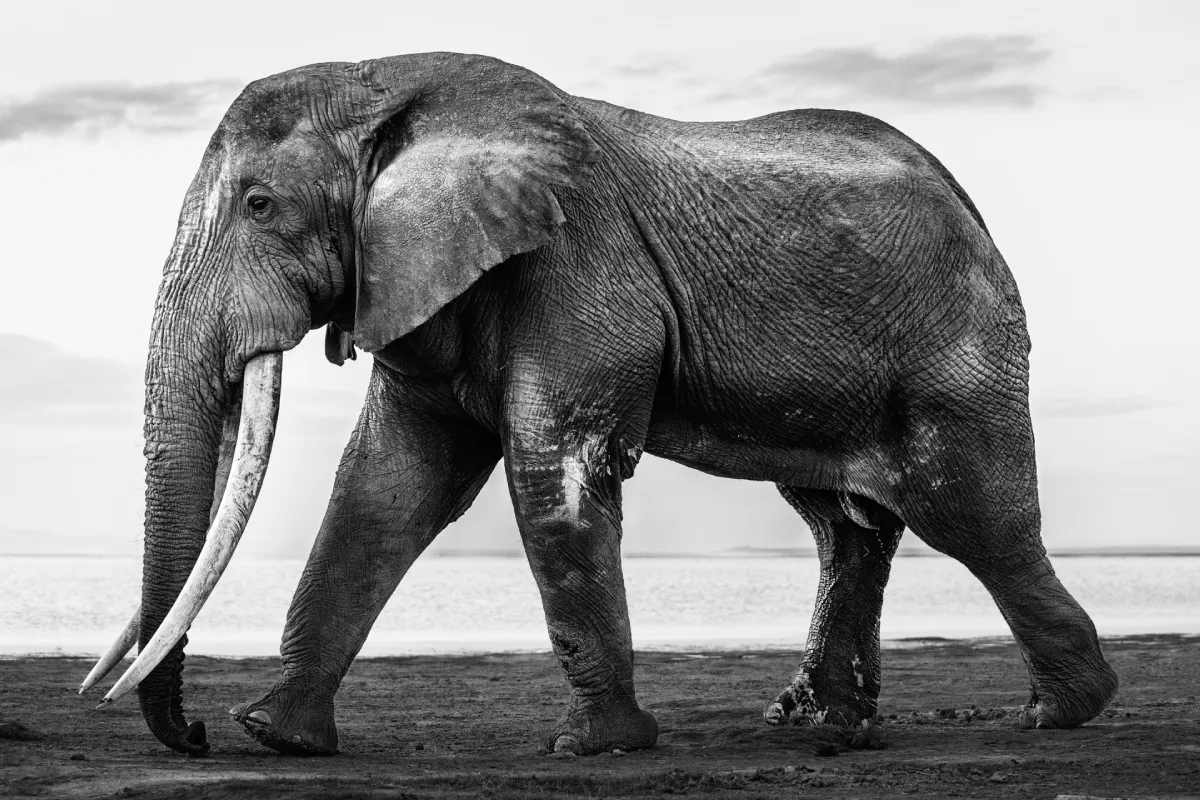
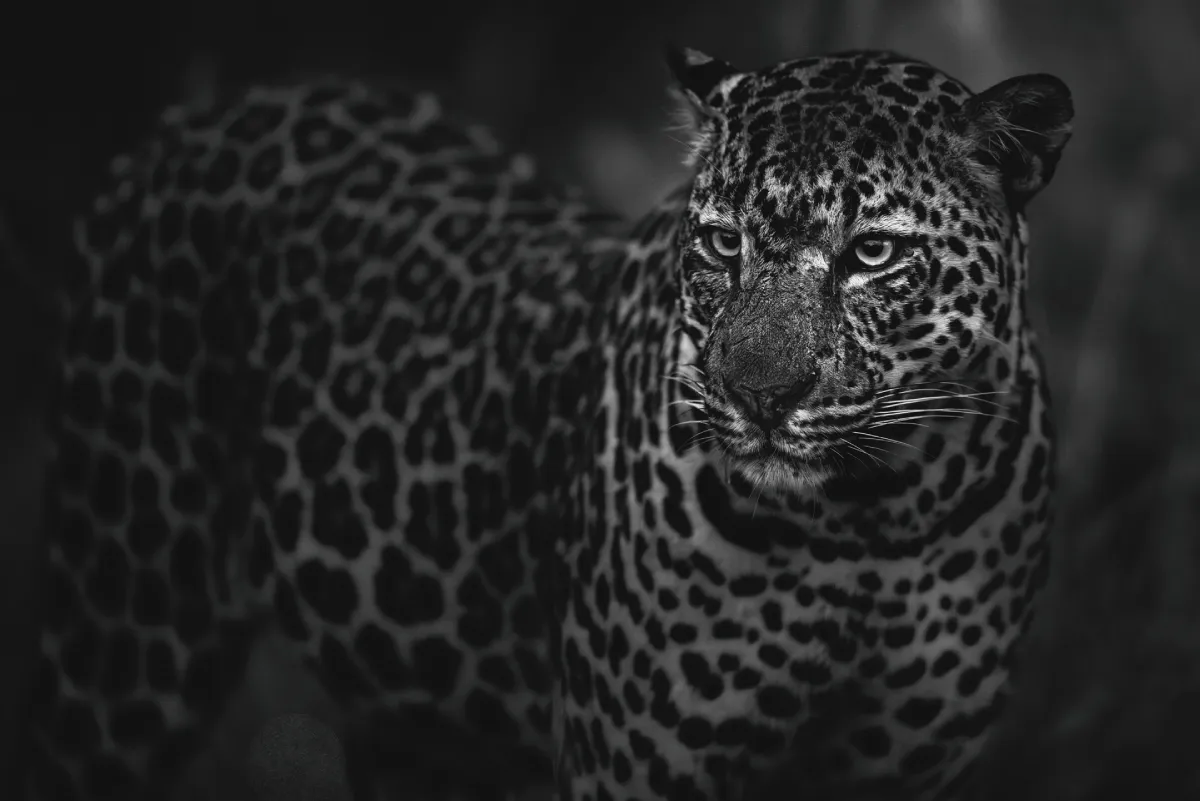
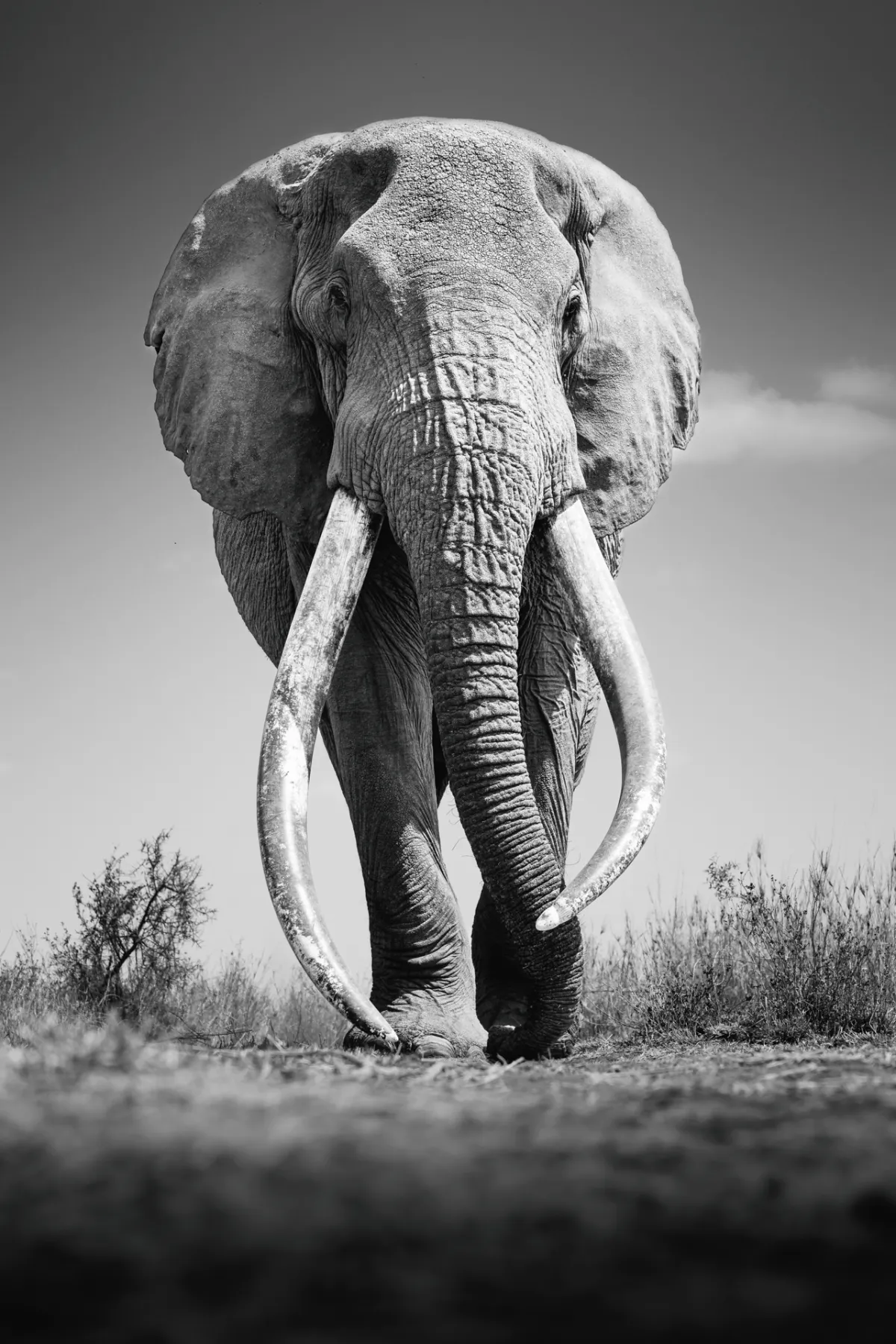
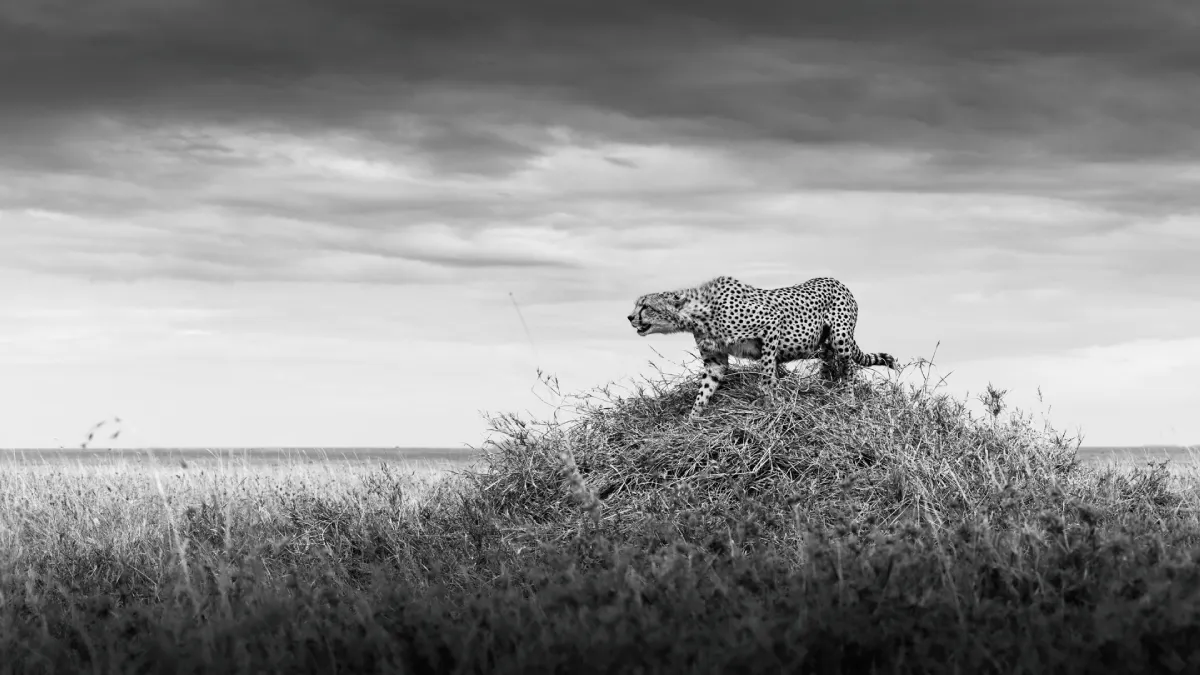
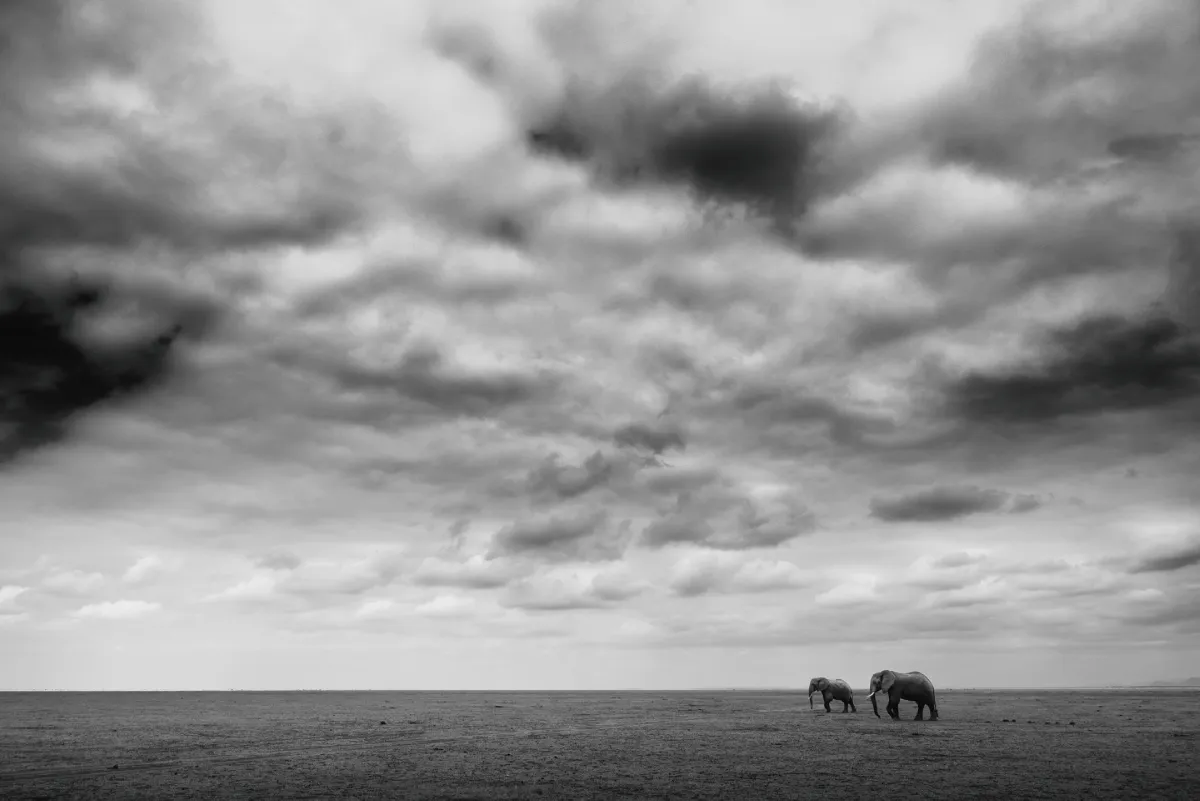
Leave a Reply